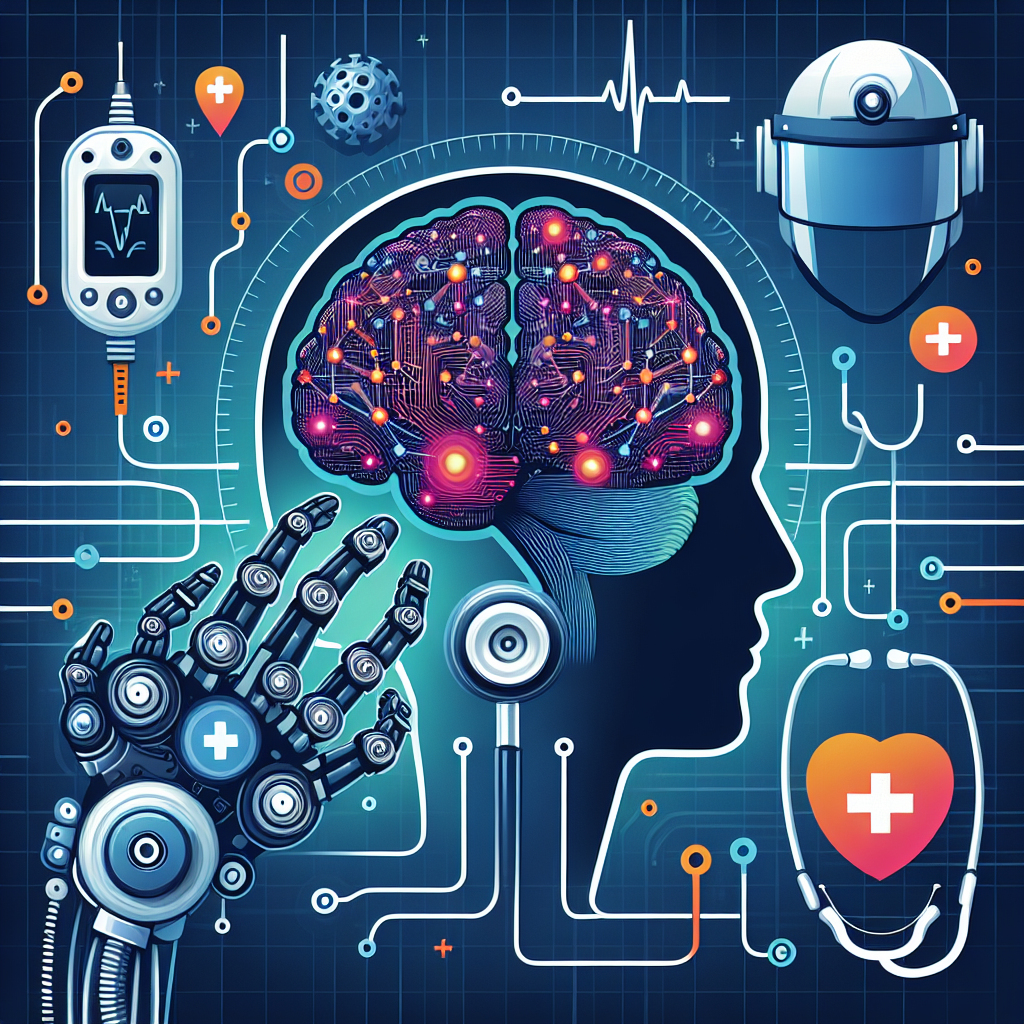AI and Patient Safety: A Top Priority
Artificial Intelligence (AI) is revolutionizing the healthcare industry, offering new opportunities to improve patient care, reduce medical errors, and enhance overall safety. As AI technology continues to advance, it is becoming increasingly important for healthcare providers to prioritize patient safety in the development and implementation of AI systems.
The potential benefits of AI in healthcare are vast. AI-powered tools can help healthcare providers make more accurate diagnoses, personalize treatment plans, and improve the overall patient experience. However, as with any new technology, there are also risks and challenges associated with the use of AI in healthcare, particularly when it comes to patient safety.
One of the key concerns surrounding AI in healthcare is the potential for bias in algorithms. AI systems rely on vast amounts of data to make decisions, and if this data is biased or incomplete, it can lead to inaccurate or unfair outcomes. For example, a study published in the journal Science found that an AI algorithm used to predict the likelihood of a patient developing a specific disease was biased against black patients, leading to less accurate predictions for this population.
Another concern is the potential for AI systems to make errors or mistakes that could harm patients. While AI has the potential to improve patient safety by reducing human error, there is also the risk that AI systems could make incorrect diagnoses or treatment recommendations, leading to harm or even death. For example, a study published in JAMA found that an AI system designed to identify pneumonia on chest X-rays was less accurate than human radiologists, leading to potentially dangerous misdiagnoses.
In light of these risks, it is crucial for healthcare providers to prioritize patient safety in the development and implementation of AI systems. This includes ensuring that AI algorithms are developed and tested using diverse and representative datasets, as well as regularly monitoring and evaluating the performance of AI systems to identify and address any potential biases or errors.
FAQs
Q: How can healthcare providers ensure that AI systems are safe for patients?
A: Healthcare providers can ensure that AI systems are safe for patients by prioritizing patient safety in the development and implementation of AI systems. This includes using diverse and representative datasets to train AI algorithms, regularly monitoring and evaluating the performance of AI systems, and implementing safeguards to prevent bias and errors.
Q: What are some examples of AI applications in patient safety?
A: There are many examples of AI applications in patient safety, including AI-powered tools for diagnosing diseases, predicting patient outcomes, and monitoring patient safety. For example, AI systems can help healthcare providers identify patients at risk of developing sepsis, alert providers to potential medication errors, and personalize treatment plans based on individual patient data.
Q: How can patients ensure that their data is safe when using AI-powered healthcare tools?
A: Patients can ensure that their data is safe when using AI-powered healthcare tools by being informed about how their data is being used and protected. Patients should ask healthcare providers about the security measures in place to protect their data, as well as their rights to access and control their data. Patients should also be cautious about sharing sensitive information with AI-powered healthcare tools and report any concerns about data privacy or security to healthcare providers.
In conclusion, AI has the potential to greatly improve patient safety in healthcare, but it is essential for healthcare providers to prioritize patient safety in the development and implementation of AI systems. By addressing potential biases, errors, and risks associated with AI, healthcare providers can harness the power of AI to improve patient care and outcomes while ensuring the safety and well-being of patients.

